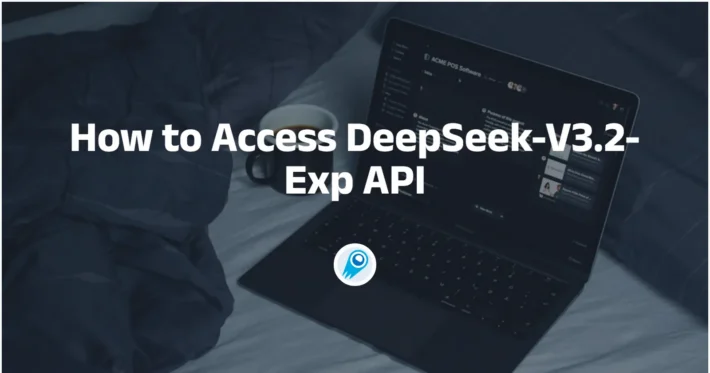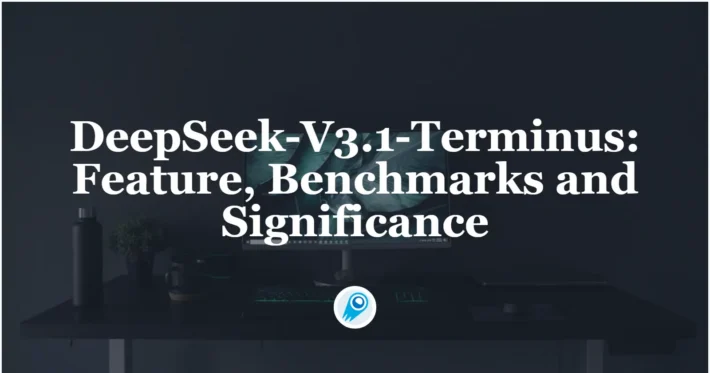How Many Images Can You Upload To Deepseek

DeepSeek has rapidly emerged as a leading AI-powered visual search and analysis platform, enabling users to process and interpret images with remarkable speed and accuracy. As its popularity grows, so does the need to understand the practical limits and evolving capabilities of the service—particularly when it comes to uploading images for analysis. This article combines the latest insights and developments to answer key questions about DeepSeek’s image upload constraints, helping both casual users and enterprise customers make the most of this cutting-edge tool.
What Is DeepSeek’s Image Upload Limit?
DeepSeek—a rising Chinese AI firm renowned for its LLMs (R1, V3)—is also expanding its multimodal capabilities, enabling users to upload and analyze images via its web interface and API .
Across different sources, the image upload limits vary based on account type, session, or platform version:
- Session-based (web/API):
- Up to 20 images per upload via the web interface.
- Some report 1 image per session for free users.
- Daily / Monthly quotas:
- Free tier: 50–100 images per day, ~1,000 per month.
- Pro users: Up to 1,000/day, ~20,000–30,000/month .
- Enterprise tiers: Custom, higher quotas.
- File-size constraints:
- Most accept 10–25 MB per image, with some paid tiers supporting up to 50 MB .
Given these, DeepSeek users must align their workflow with session, daily, or monthly quotas depending on their plan.
Can you upload images in bulk—what are the batch upload limits?
Front-end (web/mobile) limits
On the Deepseek website and mobile apps, paid users can upload up to 50 files at a time, each up to 100 MB, according to troubleshooting guides ([ai.tenorshare.com][5]). This front-end cap balances server load with user convenience, enabling medium-sized batches without overwhelming the interface.
API-driven uploads and rate limits
Developers leveraging the Deepseek API enjoy more granular control: batch uploads can exceed 50 images, scaling into the hundreds or thousands per call, subject to rate limits communicated via X-RateLimit-Limit headers. Typical API rate limits prevent abuse—error codes like 429 Too Many Requests or 413 Payload Too Large clearly signal when quotas are hit.
What Are the Daily and Monthly Upload Quotas?
Free vs. Paid Tiers
- Free accounts:
- Daily: 50–100 images (reset every 24 hours) .
- Monthly: ≈1,000 images.
- Pro users:
- Up to 1,000 images/day, and 20,000–30,000/month .
- Enterprise:
- Fully custom quotas, tailored to organizational needs.
These quotas are contingent on “server load and traffic,” meaning actual limits may fluctuate .
How Large Can Each Image Be?
File Size and Format
- Free tier per-image limit: typically ≤5 MB.
- Paid / Pro tiers: support up to 50 MB per image.
- Typical API constraints: around 10–25 MB per file depending on plan .
Supported Formats
Mainstay formats include JPEG, PNG, WebP, with occasional support for TIFF, BMP, though compatibility is noted as better with standard formats.
Resolution
DeepSeek handles high-resolution inputs—8K (7680×4320) is supported—but users are advised to optimize resolution for clarity rather than pure size.
Why Are Upload Limits in Place?
Several key factors:
- Resource management & server load: Larger files and more images consume CPU/GPU capacity, so limits ensure stability .
- Context-window constraints: Multimodal models have finite capacity—image-heavy inputs reduce text space .
- User fairness: Tiered quotas prioritize paying users for resources .
How Should You Prepare Your Images?
File Optimization
- Compress images using tools like TinyPNG, ImageOptim, iLoveIMG to fit size limits, especially compressing 4K to 2K/1080p .
- Always use supported formats (JPEG, PNG, WebP). Convert unsupported formats before upload .
- Aim for reasonable resolution—high clarity but under size constraints.
Batch Strategy
- Free users: one image/session—repeat uploads as needed.
- Pro/Enterprise: batches of up to 20 images or concurrent API uploads (3–5 at a time) .
- Monitor real-time usage to stay under daily/monthly limits.
What If Your Upload Fails?
Common issues include:
- Too large or unsupported formats → resize/convert.
- Network instability during upload.
- Server overload during peak hours → consider off-peak times.
Troubleshooting Tips
- Verify file size/format and adjust accordingly.
- Ensure stable internet, switch to wired if possible.
- Try at off-peak hours to reduce failure risk.
- Split uploads into smaller batches.
- If repeated issues persist, contact DeepSeek support.
What Are Best Practices for Heavy Use?
Optimize Workflow Efficiency
- Compress and standardize images before uploading.
- Use batch uploads within session/image count limits.
- Monitor daily/monthly quotas to avoid hitting caps.
- Choose off-peak times for faster processing.
- If needed, upgrade your plan to increase capacity and speed.
Leverage the API
Pro & Enterprise API customers can upload concurrent multiple files, earning higher throughput than the web interface . For large-scale use-cases, the API may be the best channel.
Final Summary: How Many Images Can You Upload?
| Account Type | Max Images/Upload | Daily Quota | Monthly Quota | Per Image Size Limit |
|---|---|---|---|---|
| Free | 1 (or up to 20 iff allowed) | 50–100/day | ~1,000/month | ≦5 MB |
| Pro / Paid | Up to 20/session, or API concurrent uploads (~3–5) | Up to 1,000/day | 20,000–30,000/month | Up to 50 MB |
| Enterprise | Custom (bulk via API) | Custom | Custom | Up to 50 MB |
Getting Started
CometAPI provides a unified REST interface that aggregates hundreds of AI models—under a consistent endpoint, with built-in API-key management, usage quotas, and billing dashboards. Instead of juggling multiple vendor URLs and credentials.
Developers can access the latest deepseek API(Deadline for article publication): DeepSeek R1 API (model name: deepseek-r1-0528)through CometAPI. To begin, explore the model’s capabilities in the Playground and consult the API guide for detailed instructions. Before accessing, please make sure you have logged in to CometAPI and obtained the API key. CometAPI offer a price far lower than the official price to help you integrate.
Using CometAPI to access DeepSeek models for your image processing needs has several key benefits:
- Reliability: Bypasses periodic instability issues reported with direct DeepSeek access.
- Flexibility: Easily switch between different AI models if needed.
- Scalability: Process from one to thousands of images based on your needs.
- No hidden limits: A transparent credit-based system allows you to plan your usage efficiently.
DeepSeek offers powerful multimodal AI capabilities, but to leverage its full potential—especially for high-volume image processing—you need to understand and navigate these upload limits smartly. Optimizing your images and workflows not only ensures efficiency but also helps avoid frustrating upload failures and quota exhaustion.



